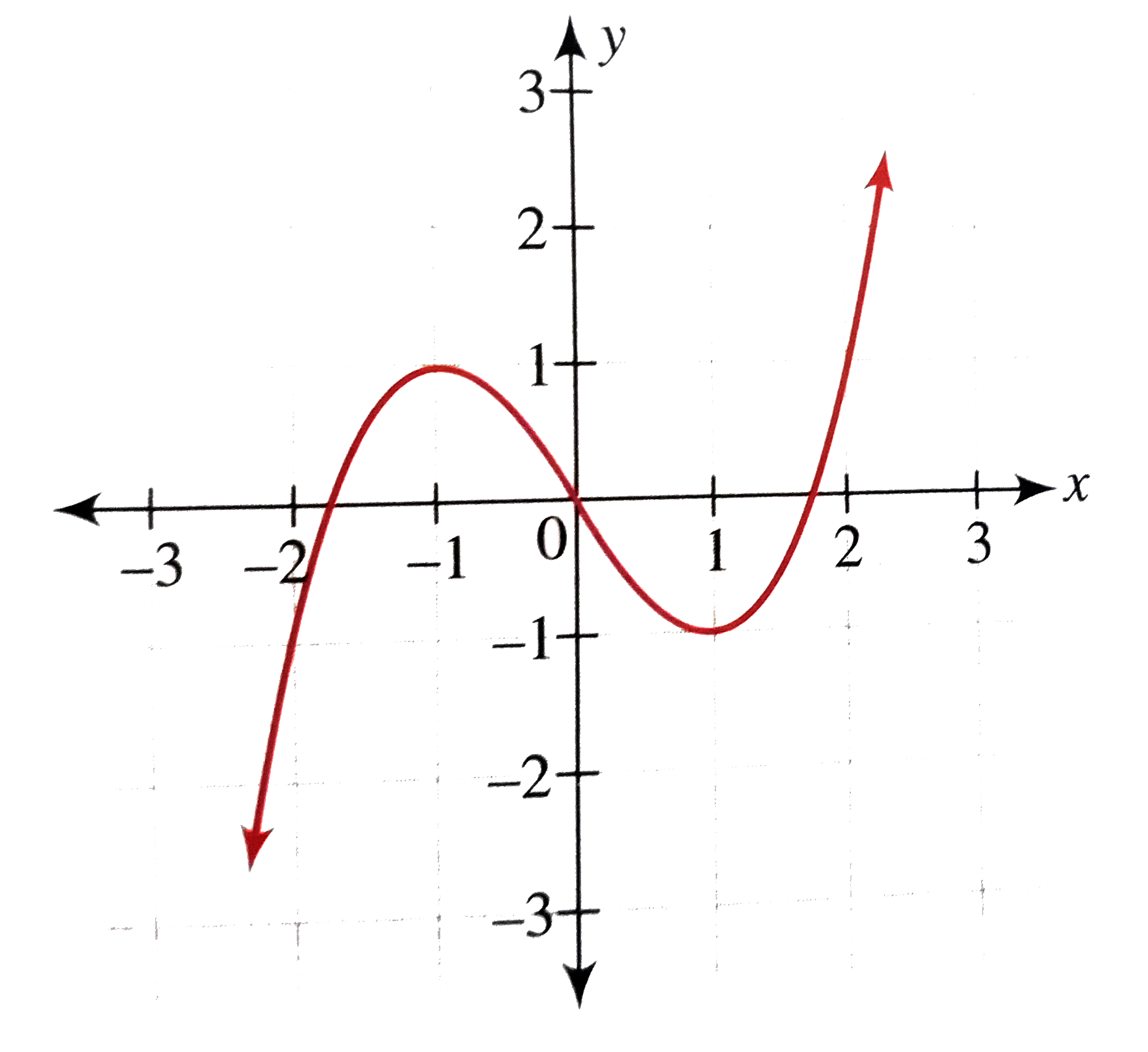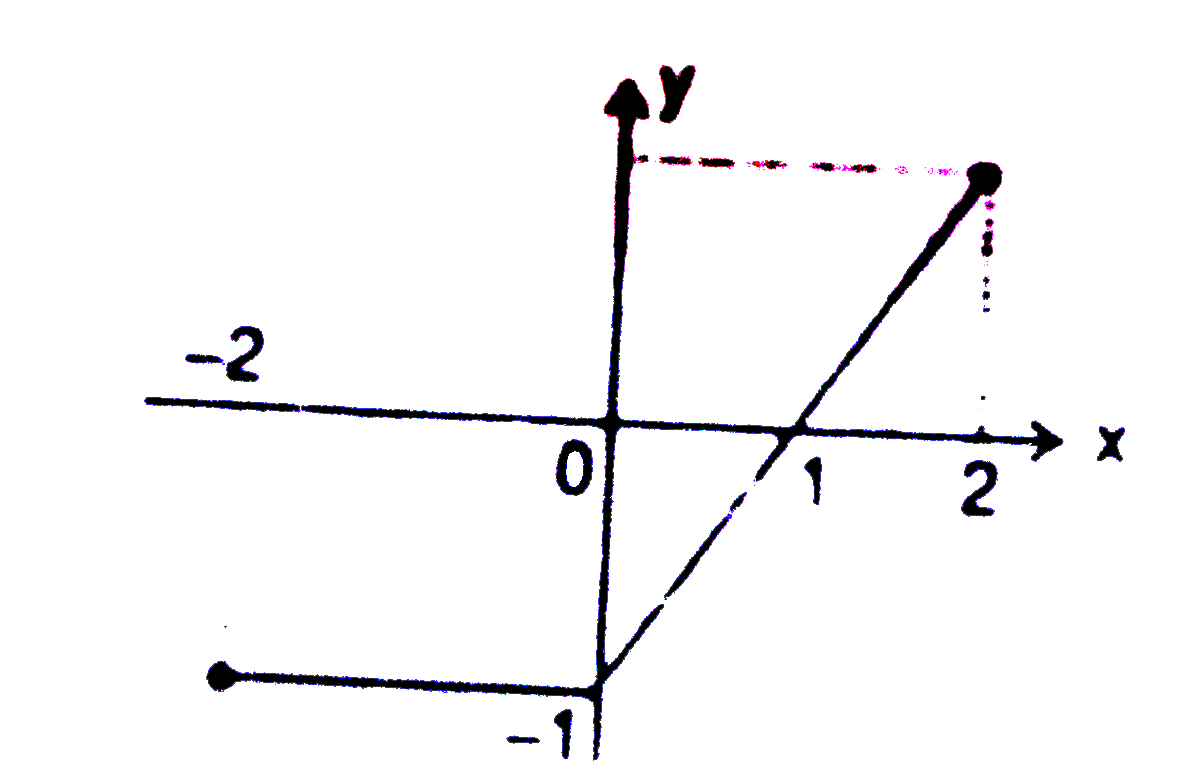To find the point of contact P(x1,y1) of a tangent to the graph of y=f(x) passing through origin O, we equate the slope of tangent to y=f(x) at P to the slope of OP. Hence we solve the equation f'(x)=f(x1)x1 to get x1 and y1.Now answer the following questions (7 -9): The equation |lnmx|=px where m is a positive constant has a single root for
0<p<me
p<em
0<p<em
p>me
The correct Answer is:D
To solve the given problem, we need to analyze the equation |ln(mx)|=px and determine the condition under which it has a single root. Let's break down the solution step by step.
Step 1: Understand the Equation
The equation we are dealing with is |ln(mx)|=px. This can be split into two cases based on the absolute value.
Step 2: Case Analysis
1. Case 1: ln(mx)=px
2. Case 2: −ln(mx)=px
Step 3: Solve Case 1
For Case 1, we have:
ln(mx)=px
Exponentiating both sides gives:
mx=epx
Rearranging gives:
x=epxm
This equation is transcendental and generally does not have a simple analytical solution. However, we can analyze its behavior graphically.
Step 4: Solve Case 2
For Case 2, we have:
−ln(mx)=px
This leads to:
ln(mx)=−px
Exponentiating both sides gives:
mx=e−px
Rearranging gives:
x=e−pxm
Similar to Case 1, this equation is also transcendental.
Step 5: Graphical Interpretation
To find the conditions for which the original equation has a single root, we can analyze the graphs of the functions involved:
- The left-hand side, |ln(mx)|, is a curve that approaches −∞ as x approaches 0 and increases without bound as x increases.
- The right-hand side, px, is a straight line that passes through the origin with slope p.
Step 6: Condition for a Single Root
For the equation to have a single root, the line y=px must be tangent to the curve of |ln(mx)|. This occurs when the derivative of |ln(mx)| at the point of tangency equals the slope p.
Step 7: Find the Derivative
The derivative of |ln(mx)| is:
ddx|ln(mx)|=mmx=1x
Setting this equal to p gives:
1x=p⟹x=1p
Step 8: Substitute Back
Substituting x=1p back into the original equation gives:
|ln(m⋅1p)|=p⋅1p=1
This leads to:
|ln(mp)|=1
This means:
mp=eormp=1e
Step 9: Solve for p
From mp=e, we get:
p=me
From mp=1e, we get:
p=me
Conclusion
For the equation |ln(mx)|=px to have a single root, the value of p must satisfy:
p>me
The equation we are dealing with is |ln(mx)|=px. This can be split into two cases based on the absolute value.
1. Case 1: ln(mx)=px
2. Case 2: −ln(mx)=px
For Case 1, we have:
ln(mx)=px
Exponentiating both sides gives:
mx=epx
Rearranging gives:
x=epxm
This equation is transcendental and generally does not have a simple analytical solution. However, we can analyze its behavior graphically.
For Case 2, we have:
−ln(mx)=px
This leads to:
ln(mx)=−px
Exponentiating both sides gives:
mx=e−px
Rearranging gives:
x=e−pxm
Similar to Case 1, this equation is also transcendental.
To find the conditions for which the original equation has a single root, we can analyze the graphs of the functions involved:
- The left-hand side, |ln(mx)|, is a curve that approaches −∞ as x approaches 0 and increases without bound as x increases.
- The right-hand side, px, is a straight line that passes through the origin with slope p.
For the equation to have a single root, the line y=px must be tangent to the curve of |ln(mx)|. This occurs when the derivative of |ln(mx)| at the point of tangency equals the slope p.
The derivative of |ln(mx)| is:
ddx|ln(mx)|=mmx=1x
Setting this equal to p gives:
1x=p⟹x=1p
Substituting x=1p back into the original equation gives:
|ln(m⋅1p)|=p⋅1p=1
This leads to:
|ln(mp)|=1
This means:
mp=eormp=1e
From mp=e, we get:
p=me
From mp=1e, we get:
p=me
For the equation |ln(mx)|=px to have a single root, the value of p must satisfy:
p>me
Topper's Solved these Questions
- BOOK - ARIHANT MATHS ENGLISHCHAPTER - DY / DX AS A RATE MEASURER AND TANGENTS, NORMALS EXERCISE - EXERCISE : 51videos
DY / DX AS A RATE MEASURER AND TANGENTS, NORMALS
- BOOK - ARIHANT MATHS ENGLISHCHAPTER - DY / DX AS A RATE MEASURER AND TANGENTS, NORMALS EXERCISE - Exercise (Matching Type Questions)1videos
DY / DX AS A RATE MEASURER AND TANGENTS, NORMALS
- BOOK - ARIHANT MATHS ENGLISHCHAPTER - DY / DX AS A RATE MEASURER AND TANGENTS, NORMALS EXERCISE - Exercise (Statement I And Ii Type Questions)7videos
DY / DX AS A RATE MEASURER AND TANGENTS, NORMALS
- BOOK - ARIHANT MATHS ENGLISHCHAPTER - DIFFERENTIATION EXERCISE - Exercise For Session 104videos
DIFFERENTIATION
- BOOK - ARIHANT MATHS ENGLISHCHAPTER - ELLIPSEEXERCISE - Exercise (Questions Asked In Previous 13 Years Exam)27videos
ELLIPSE
Similar Questions
Find the equation of a curve passing through (1,1) and whose slope of tangent at a point (x, y) is −xy.
View SolutionA curve y=f(x) is passing through (0,0). If slope of the curve at any point (x,y) is equal to (x+xy), then the number of solution of the equation f(x)=1, is :
View SolutionThe slope m of a tangent through the point (7,1) to the circle x2+y2=25 satisfies the equation.
View SolutionThe graph of the function y=f(x) is shown.

Find the number of solutions to the equation ||f(x)|−1|=12.View SolutionThe equation of the curve passing through the point (1,π4) and having a slope of tangent at any point (x,y) as yx−cos2(yx) is
View SolutionThe equation of the curve passing through the point (1,π4) and having a slope of tangent at any point (x,y) as yx−cos2(yx) is
View SolutionA curve passes through the point (3, -4) and the slope of the tangent to the curve at any point (x, y) is (−xy) .find the equation of the curve.
View SolutionIf the graph of the function y=f(x) is as shown :

The graph of y=1/2(|f(x)|−f(x)) isView SolutionIf the graph of the function y=f(x) is as shown :

The graph of y=1/2(|f(x)|−f(x)) isView SolutionIf the graph of the function y=f(x) is as shown :

the graph of y=12(|f(x)|−f(x)) isView Solution

